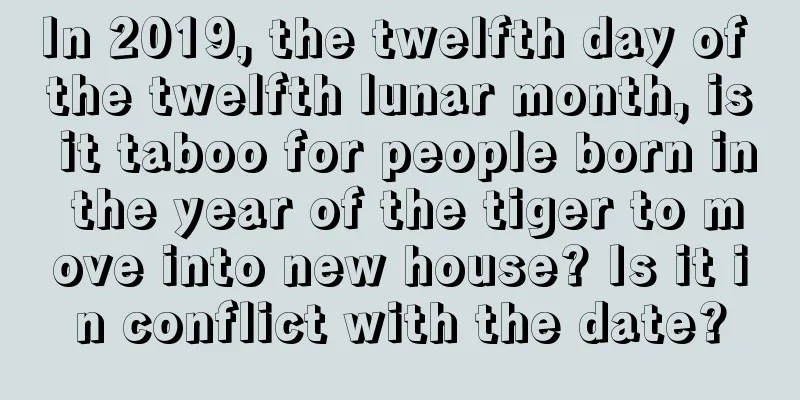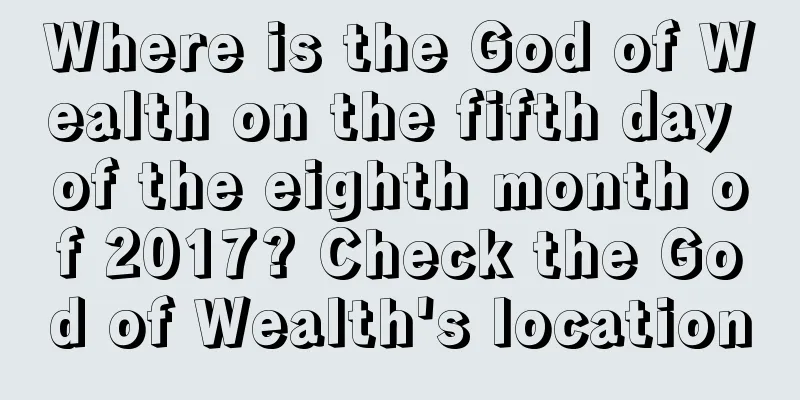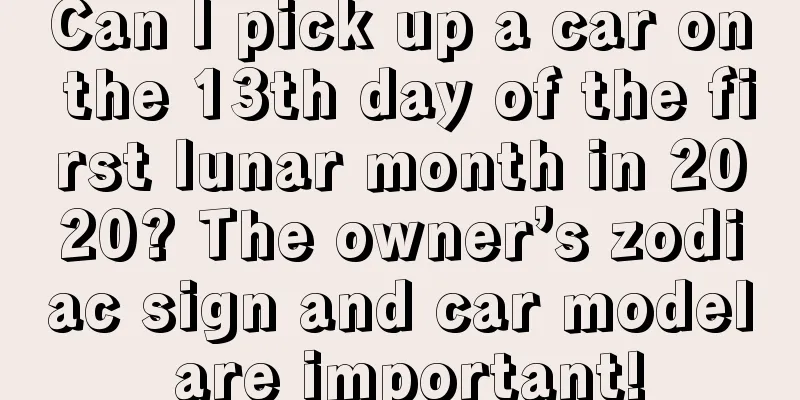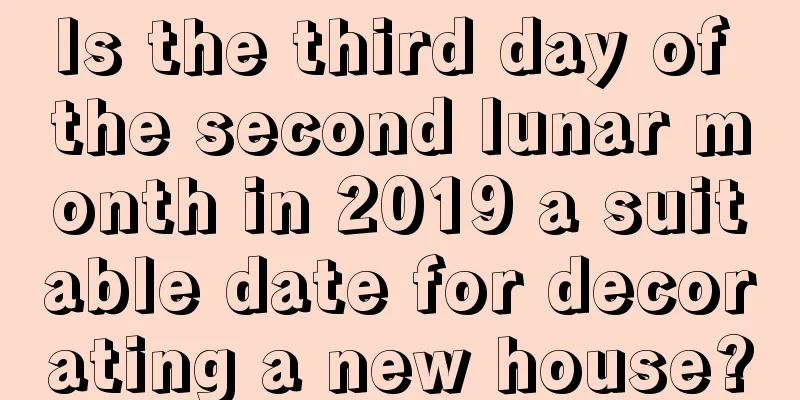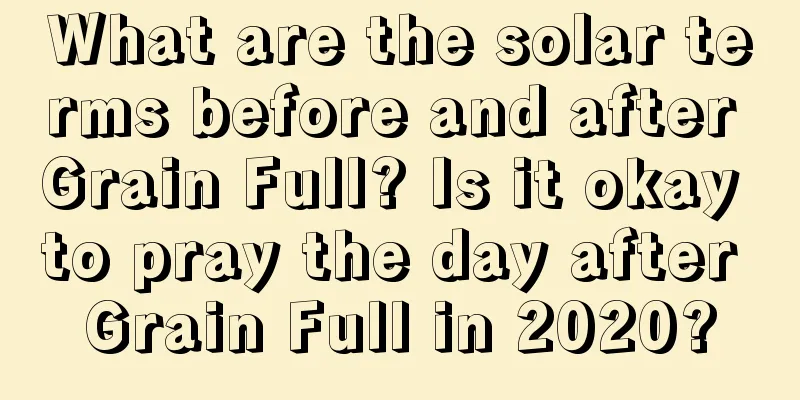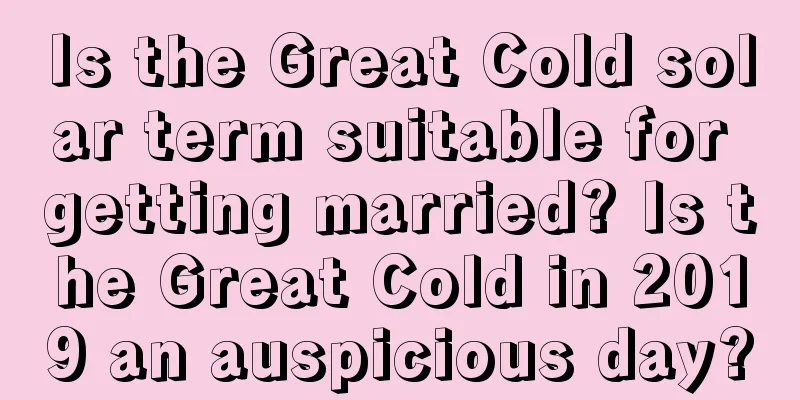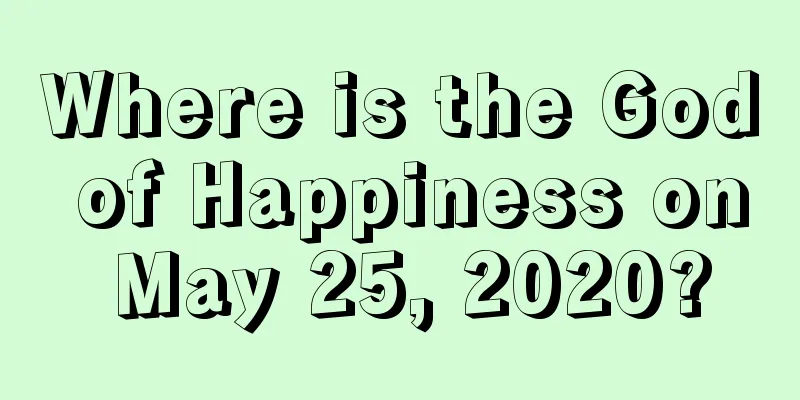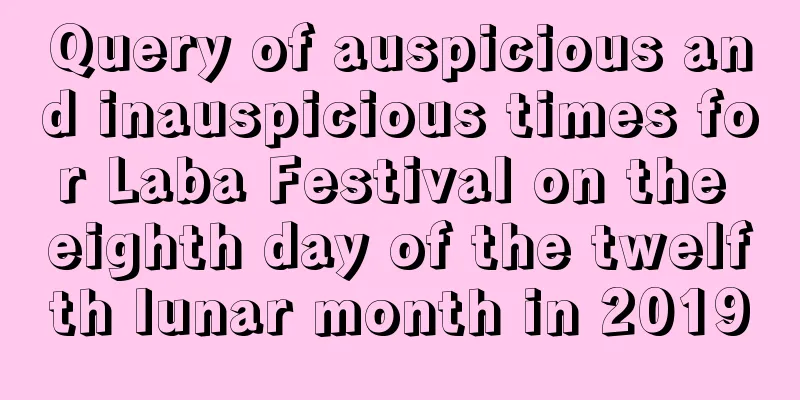What does it mean when it doesn’t rain during the summer solstice? Are the days longer or shorter after the summer solstice?
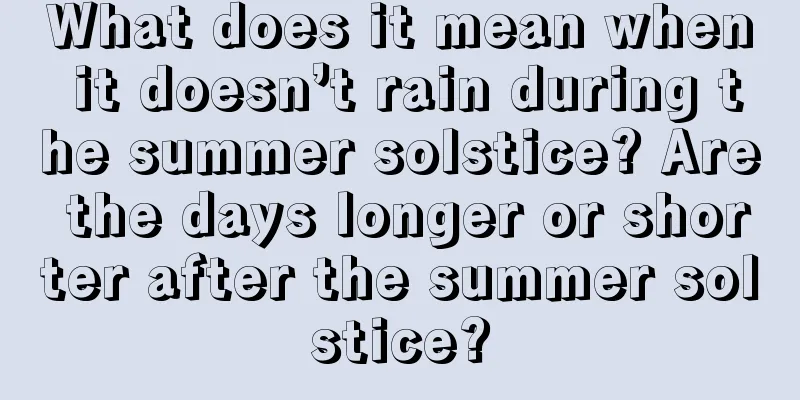
After the summer solstice, the sun's direct point begins to move gradually southward from the Tropic of Cancer, and the days in the Northern Hemisphere begin to gradually become shorter. Do you know what the explanation is for not raining during the summer solstice? Let's take a look! Everyone has different fortunes in different years. For more information on do’s and don’ts, fortune analysis, etc. in May of the lunar calendar, please visit Mr. Shui Mo’s website!What's the saying about no rain on the summer solstice?There is a folk saying, "If there is no rain at the summer solstice, it will be the hottest time of the three months; if there is rain at the summer solstice, autumn will come early."Summer solstice without rain, hot summer days: “No rain on the Summer Solstice will make the dog days extremely hot” means that if it does not rain on the Summer Solstice, the dog days will be extremely hot. Because the dog days of summer are caused by the accumulation of surface heat to a certain level in the summer. If there is no rain during the summer solstice and a certain amount of surface heat is not dissipated, then the dog days of that year will be particularly hot. There is also a saying among the people that "Summer solstice occurs in mid-May, which means that if the summer solstice occurs in mid-May, then that summer will be rainy and windy. If the rainfall is too heavy, there is a risk of farmland being flooded. Therefore, people rely on these proverbs to prevent possible weather disasters. Are the days longer or shorter after the summer solstice?The summer solstice is the day with the longest daylight in the year for us in the northern hemisphere. After the summer solstice, the daily daylight hours will become shorter, but the daily shortening time will be different at different latitudes. The higher the latitude, the more the daily time is shortened. After the summer solstice, the daylight hours are shortened very little, just a few seconds, but as time goes by, the shortening gets bigger and bigger, and finally the longest shortening of the daylight hours is 2 minutes or more.After the summer solstice, the days begin to get shorter and the nights begin to get longer. On the autumnal equinox, the days and nights are the same length. Then the nights continue to get longer, reaching their longest on the winter solstice. After the winter solstice the nights begin to get shorter, reaching the point on the vernal equinox when the day and night are equal in length. The nights continue to get shorter until the summer solstice, when the night is the shortest. This cycle repeats itself. |
Recommend
Is it suitable to pick up the car on December 28th of the lunar calendar in 2019?
Is it suitable to pick up the car on December 28t...
When is the Grain Rain solar term? The meaning of the Grain Rain solar term
When is the Grain Rain solar term? What is the sig...
What are the customs and habits on the 13th day of the first lunar month in 2019?
The thirteenth day of the first lunar month is the...
The position of the God of Wealth on the 23rd day of the 9th lunar month in 2018
The ninth month of the lunar calendar this year i...
What is suitable to do on the second day of the ninth lunar month in 2020? What are the taboos?
What is suitable to do on the second day of the n...
Is September 21st of the lunar calendar 2019 a good day? Is today an auspicious day for repairing a grave?
Introduction: Repairing a grave is also an importa...
2019 Lunar September 14th Lunar Calendar ...
September 14th of the lunar calendar in 2019 is a...
The direction of the God of Happiness on March 28, 2020, and the direction query table for each hour
The lunar calendar is different for different day...
Can I take up the office on December 19th of the lunar calendar, 2018? How the hexagram looks like
This day is a day when Xin is not in harmony with ...
What is the date of October 14th in the lunar calendar of the Gengzi Year of the Rat in 2020?
The wind in the tenth month of the lunar calendar...
What are the taboos during the Spring Equinox in 2018? What can and cannot be done?
China is a particularly traditional country, so th...
Can the door be installed on April 19th of the lunar calendar in 2022? Which direction the front door faces is beneficial to career development?
In the fourth month of the lunar calendar, wheat m...
Analysis of the fate of a baby girl born on December 25, 2021
Speaking of the fate of a baby girl, I believe eve...
Is September 26th, 2019 a good date in the lunar calendar for the Frost Descent? Check the auspiciousness and inauspiciousness of the time of the Frost Descent in 2019!
Introduction: Every day has its good and bad luck,...
How about the Ghost Festival on July 15, 2017? Is it okay to hold a full moon banquet on the Ghost Festival?
Introduction: The fifteenth day of the seventh lun...
